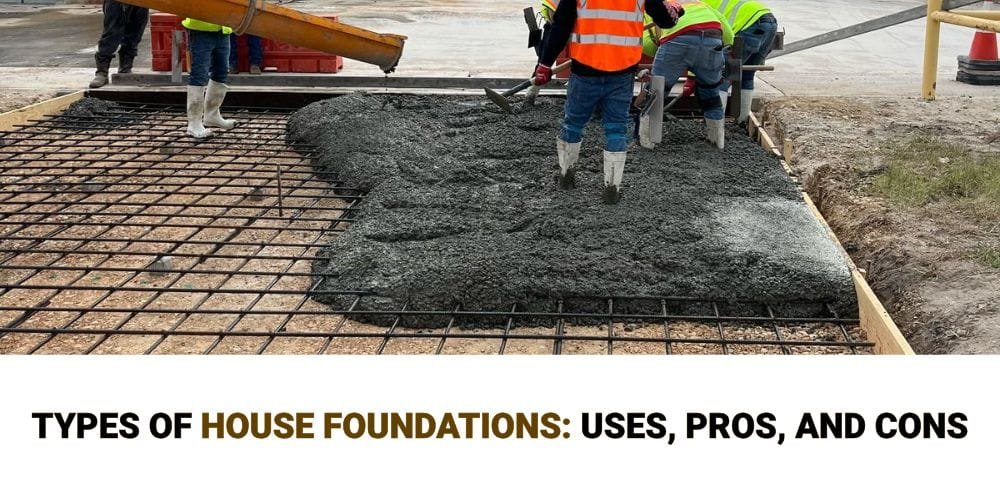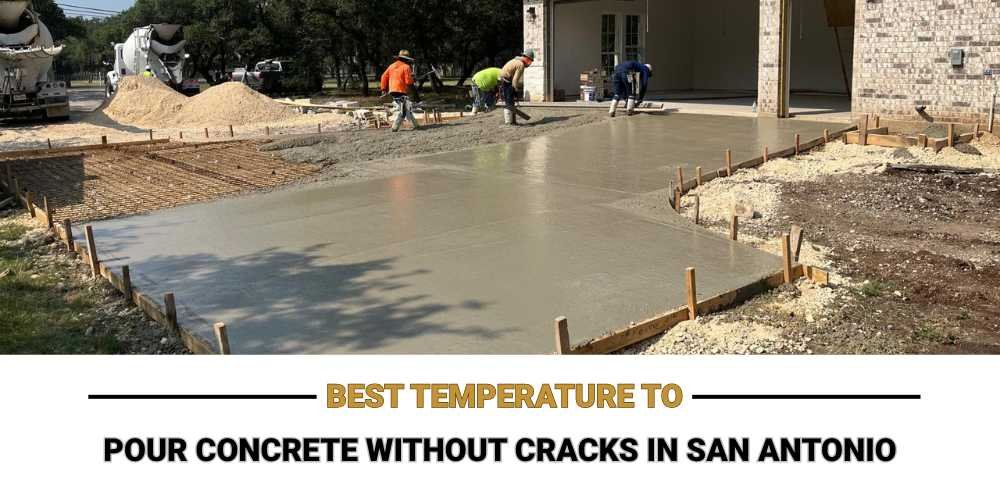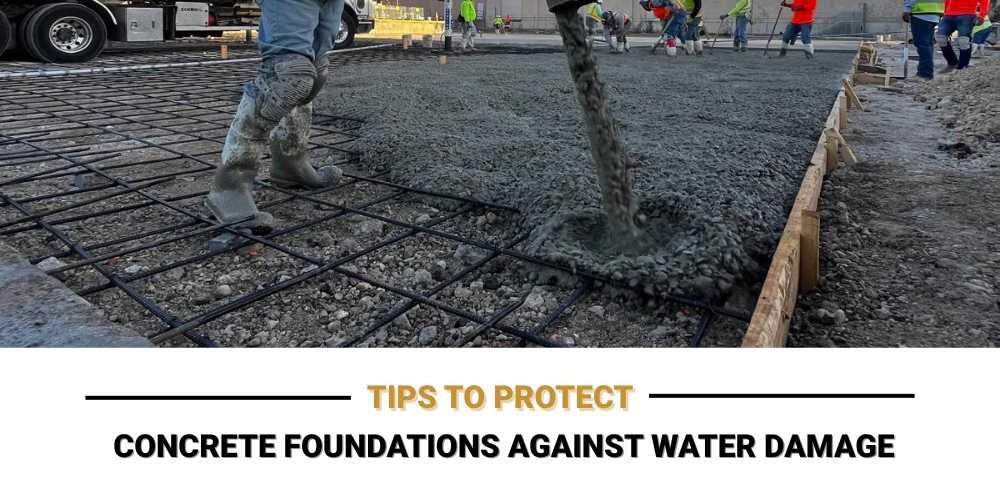Concrete’s renowned durability doesn’t make it invincible. Cracks in concrete structures are a common issue, often signaling deeper problems. Understanding the different types of cracks is crucial for proper maintenance and repair.
By recognizing cracks and the underlying causes, construction professionals and homeowners can take steps to prevent them from worsening, ultimately extending the lifespan of the concrete. This blog aims to give readers the necessary understanding to address cracks in concrete effectively, keeping their buildings strong and resilient.
Various Cracks and Their Causes
Hairline Cracks

Small cracks in concrete, which are not deep and usually less than 0.1 mm wide, often appear in new concrete as it hardens or just after that time. These tiny cracks frequently happen because of little pressures, like shrinking or changes in temperature. They don’t cause much harm to the structure. However, even though they are tiny, these hairline cracks can let water get into the concrete, which can cause steel to rust and weaken over time.
Addressing small cracks early, even when they don’t immediately threaten the structure’s strength, can stop them from getting bigger and becoming severe problems. Using suitable materials to seal or fill these tiny cracks assists in keeping the surface looking good and lasts longer. Regular inspection and maintenance are essential for identifying and addressing hairline cracks in concrete.
Shrinkage Cracks
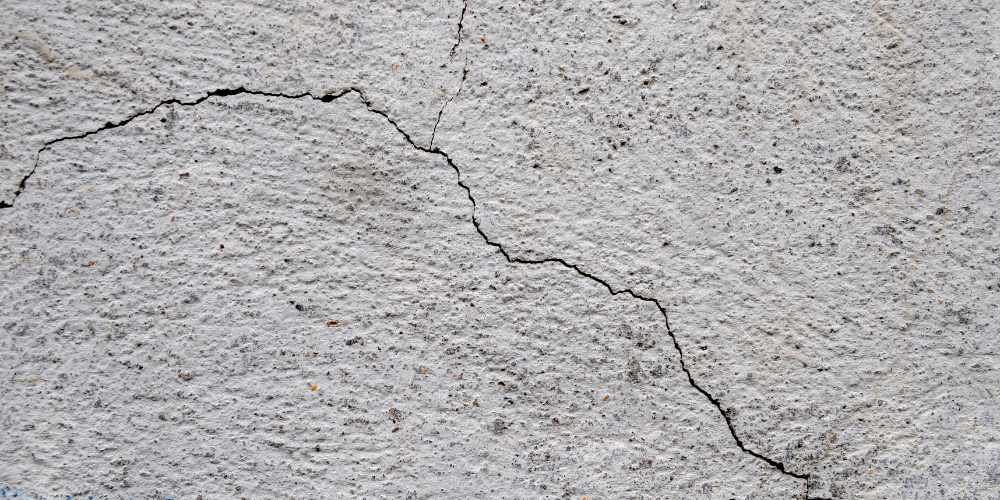
In concrete buildings, small cracks can be expected to appear as the concrete cures and shrinks. As concrete loses moisture, it shrinks in size. This shrinkage creates internal tension, which can lead to the formation of small cracks in concrete called shrinkage cracks. These shrinkage cracks are usually not very wide, sometimes as thin as a hair or up to some millimeters across, yet they might go far into the concrete.
Shrinkage cracks typically appear uniformly in size and are commonly found on large, flat surfaces like concrete floors or roads. While these cracks in concrete often have minimal impact on the structural strength, they can detract from the aesthetics and potentially allow water infiltration if left unaddressed. Controlling the rate of water evaporation is a key strategy to minimize shrinkage cracking.
Settlement Cracks
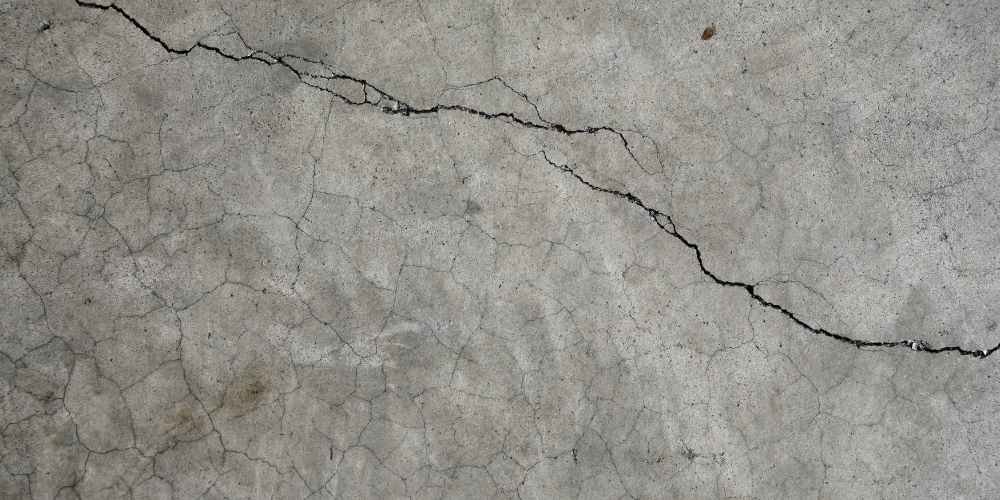
Settlement cracks in concrete appear when the underlying support, like soil, is unevenly compacted or isn’t strong enough. As the ground settles or shifts downward, it creates uneven pressure on the foundation. This stress on the concrete manifests over time as visible cracks.
Diagonal cracks are common with settlement, often wider at the top and tapering towards the bottom, mimicking the direction of the ground movement.
Factors that can cause settlement cracks are improper soil compaction during construction, uneven soil moisture levels, and recurring ground movement. To prevent these cracks, meticulous site preparation is crucial. This includes proper soil compaction, implementing effective drainage systems to divert water away from the foundation, and utilizing foundation reinforcement techniques to improve stability against ground movement.
Structural Cracks
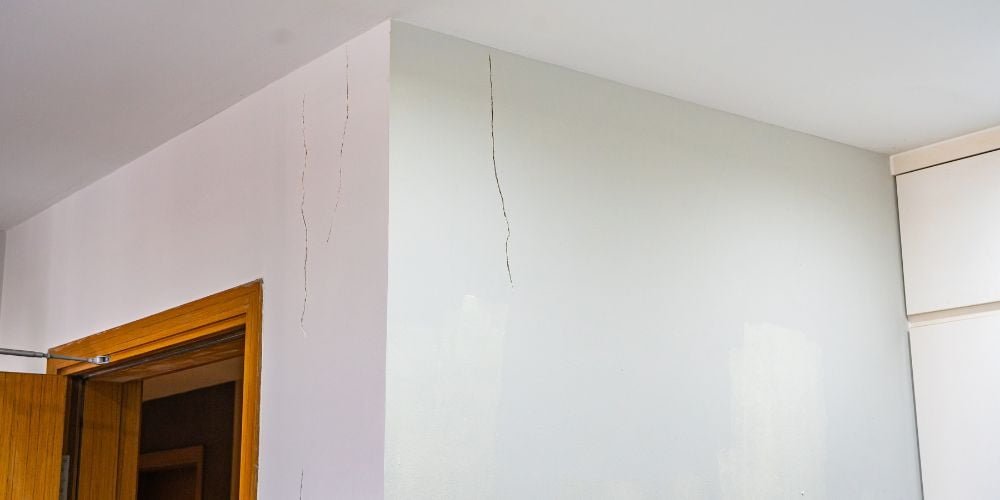
Visible cracks in the concrete structure are a sign of significant underlying issues that require immediate attention. These cracks in concrete can be caused by excessive weight on the structure, poor construction practices, or inadequate building materials. Structural cracks are distinct from minor hairline cracks or shrinkage cracks. They are typically wider than 1/8 inch (3 mm) and extend deep into the concrete. Unattended structural cracks can compromise the stability and safety of the building.
Early detection and repair of structural cracks are crucial to ensure the building’s integrity. Structural cracks typically arise from inadequate support, foundation settlement, or expansive soil movement. The crack’s orientation – horizontal, vertical, or diagonal – reflects the type of stress on the building. Ignoring structural cracks in concrete can lead to progressive worsening, potentially compromising the entire structure’s stability.
Premature Cracks
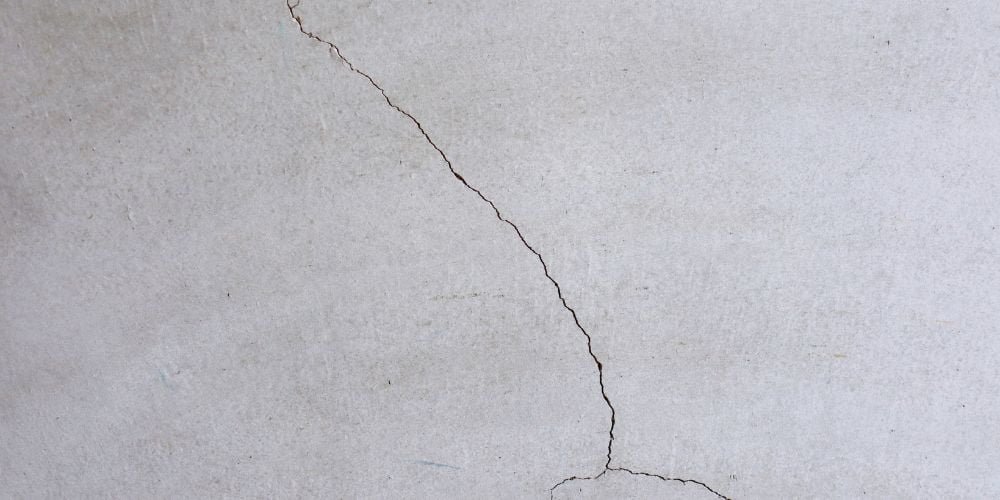
Premature cracks in concrete appear earlier than expected in a building’s lifespan, raising concerns about structural integrity and longevity. Several factors contribute to these cracks, including improper concrete mix design, inadequate curing practices, rapid temperature fluctuations during curing, and excessive loading before the concrete gains sufficient strength.
Early detection and repair of these cracks are crucial to prevent further deterioration and potential structural issues. A thorough inspection, combining visual examination with non-destructive testing methods, is essential for timely repair intervention. Repair techniques may involve filling the cracks with epoxy to prevent water ingress and maintain long-term structural stability.
Also read: Gorgeous Stamped Concrete Patio Options For Your Space
Conclusion
Understanding various cracks in concrete is crucial for ensuring building safety and longevity. While some cracks, like drying shrinkage or minor settlement cracks, may not be critical, all cracks warrant evaluation. Early identification and proper repair of any crack, from hairline to structural, are essential to prevent further damage. Rocking S Concrete Contractors leverages its expertise in concrete construction and repair to develop customized solutions. By addressing cracks promptly and effectively.


